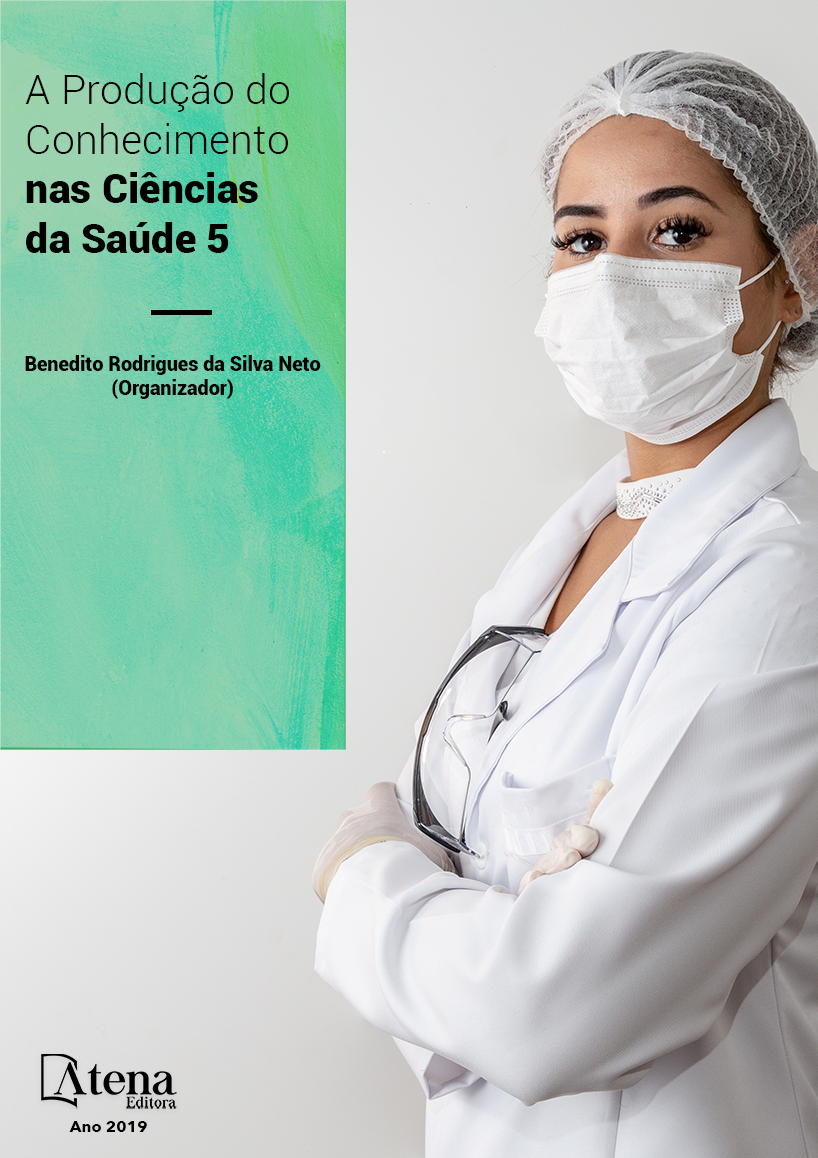
Real-World Data Related to Non-Metastatic Breast Cancer in Young Women: Experience of a Single Institution
Atena
Real-World Data Related to Non-Metastatic Breast Cancer in Young Women: Experience of a Single Institution
-
DOI: 10.22533/at.ed.02619030430
-
Palavras-chave: Atena
-
Keywords: Breast Neoplasms; Young Adult; Health Services Research.
-
Abstract:
Breast cancer is the leading cause
of cancer-related deaths in women aged 20
to 59 years old. Young women usually have
more aggressive tumors and more advanced
disease with larger size and axillary nodal
involvement. There are few studies assessing
the characteristics of breast cancer in very young
women. Method: We performed a retrospective
analysis to evaluate the epidemiological and
clinical profile of non-metastatic breast cancer
patients with 30 years of age and younger
treated between 1993 and 2011 at the Brazilian
National Cancer Institute (INCA). Results:
From the 196 patients evaluated, 181 patients
(90%) had ductal carcinoma, 79 (40%) highgrade
tumors, and 102 (52%) were HR positive.
117 patients (60%) were classified as stage III
at diagnosis. The median age was 29 y (range:
17-30y). Of 185 patients who underwent
surgery, 156 (84.3%) had total mastectomy, and
171 (92%) had axillary node dissection. 119
patients received neoadjuvant chemotherapy,
and 14 patients (9.3%) underwent neoadjuvant
radiotherapy. After a median follow-up of 81.5
months, there were 109 relapses (55%) and
81 deaths (41%). Median RFS and OS was
49.5 months and 134 months, respectively.
Positive node involvement and neoadjuvant
chemotherapy were associated with shorter
RFS and OS. Conclusion: Breast cancer is not
frequent in young patients, especially under 31
years of age. We found more locally advanced
disease and worse prognostic pathological
characteristics. Despite the aggressive
treatment, our patients had worse outcomes
than reported by other authors.
-
Número de páginas: 15
- Juliana Cunha e Silva Ominelli de Souza
- Andrew Sá Nunes
- Jesse Lopes Silva
- Aline Coelho Gonçalves
- Susanne Crocamo Vantilari da Costa


